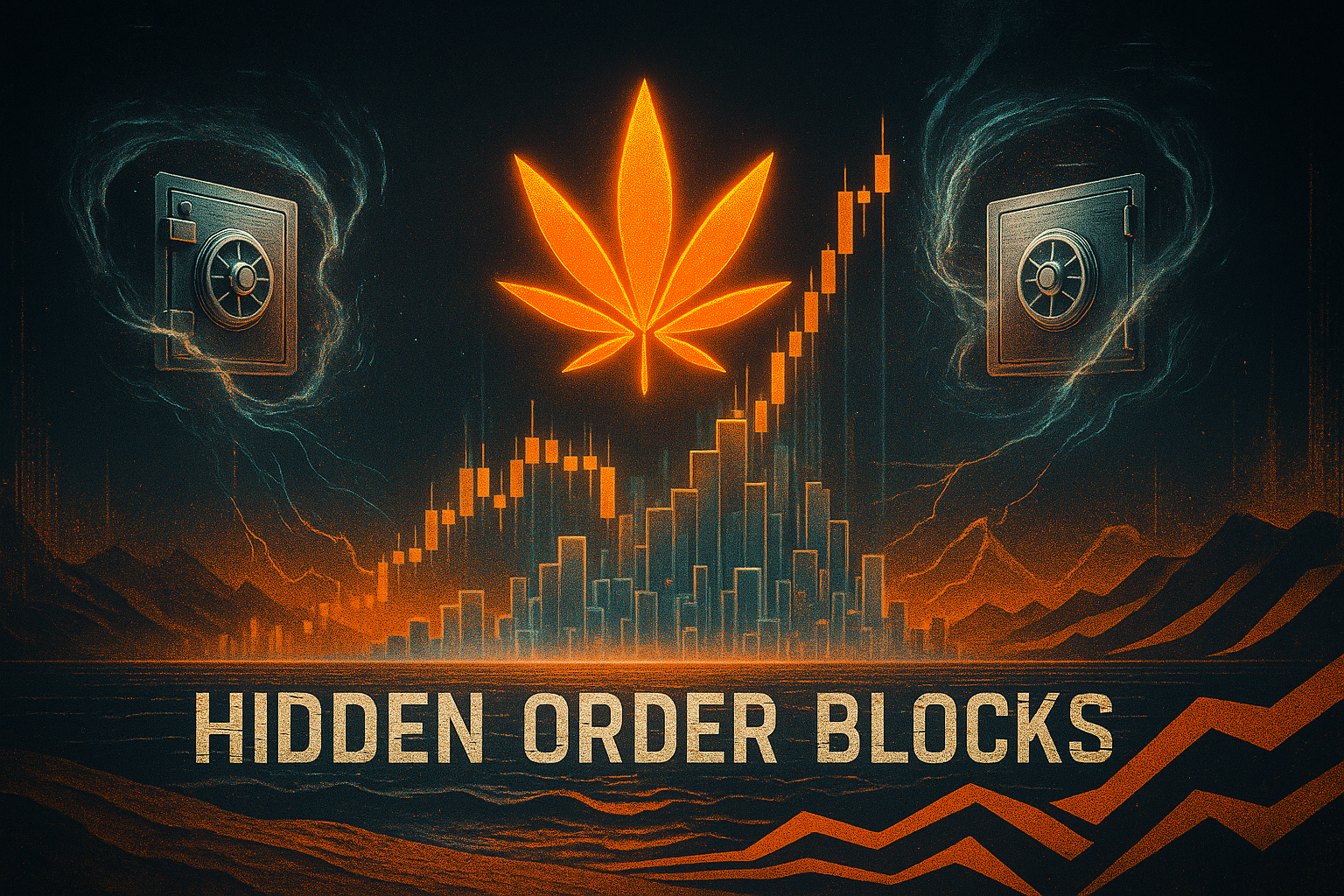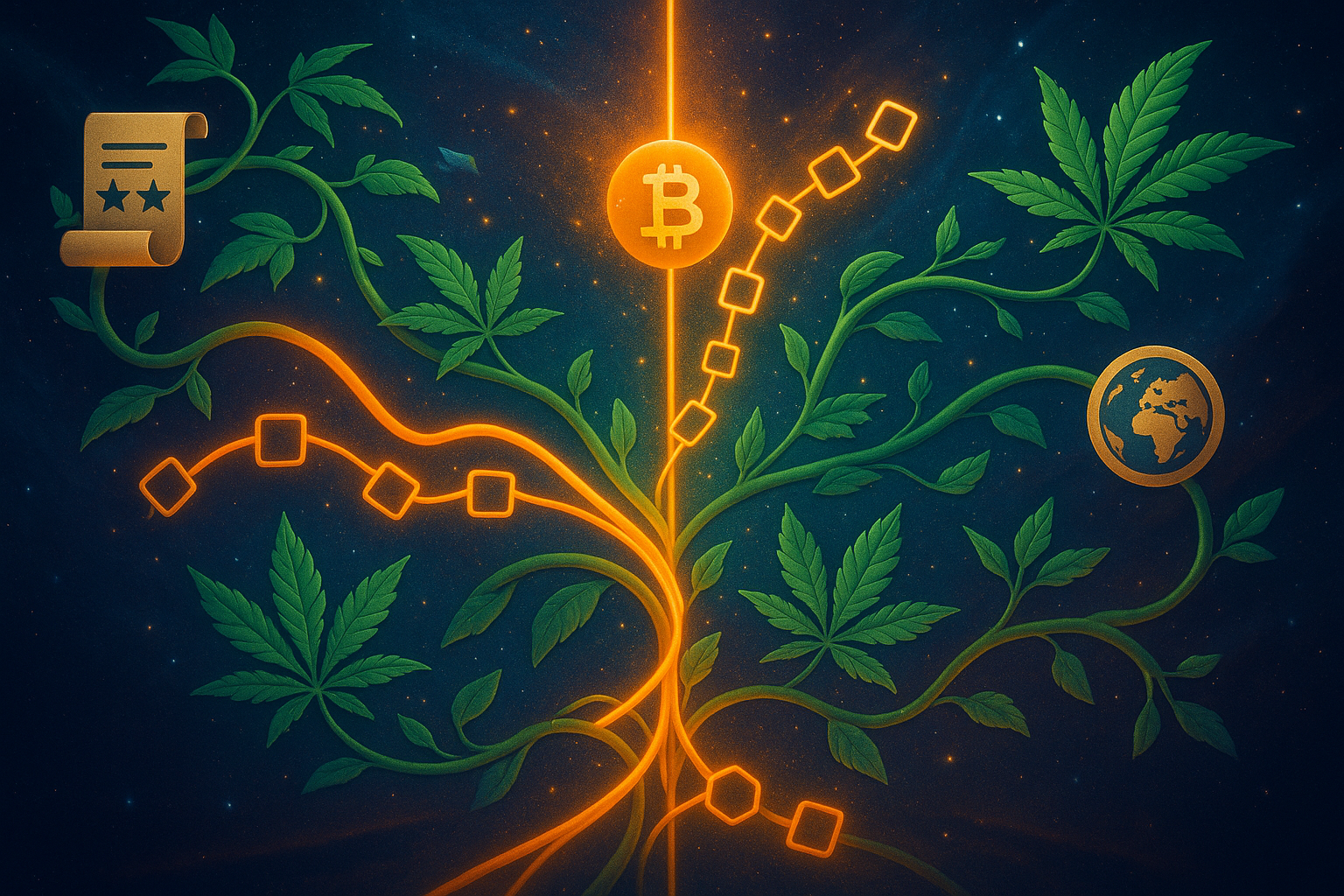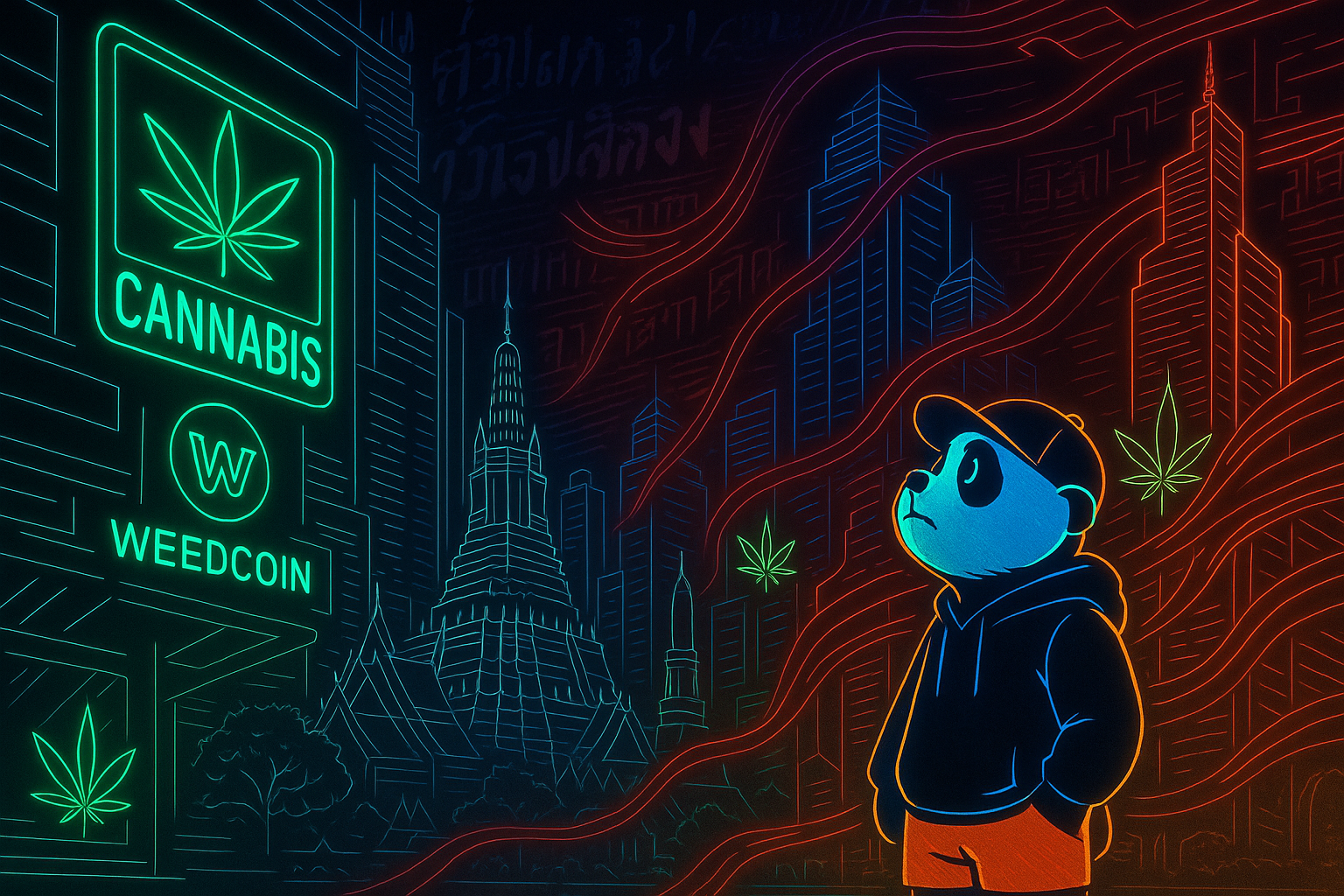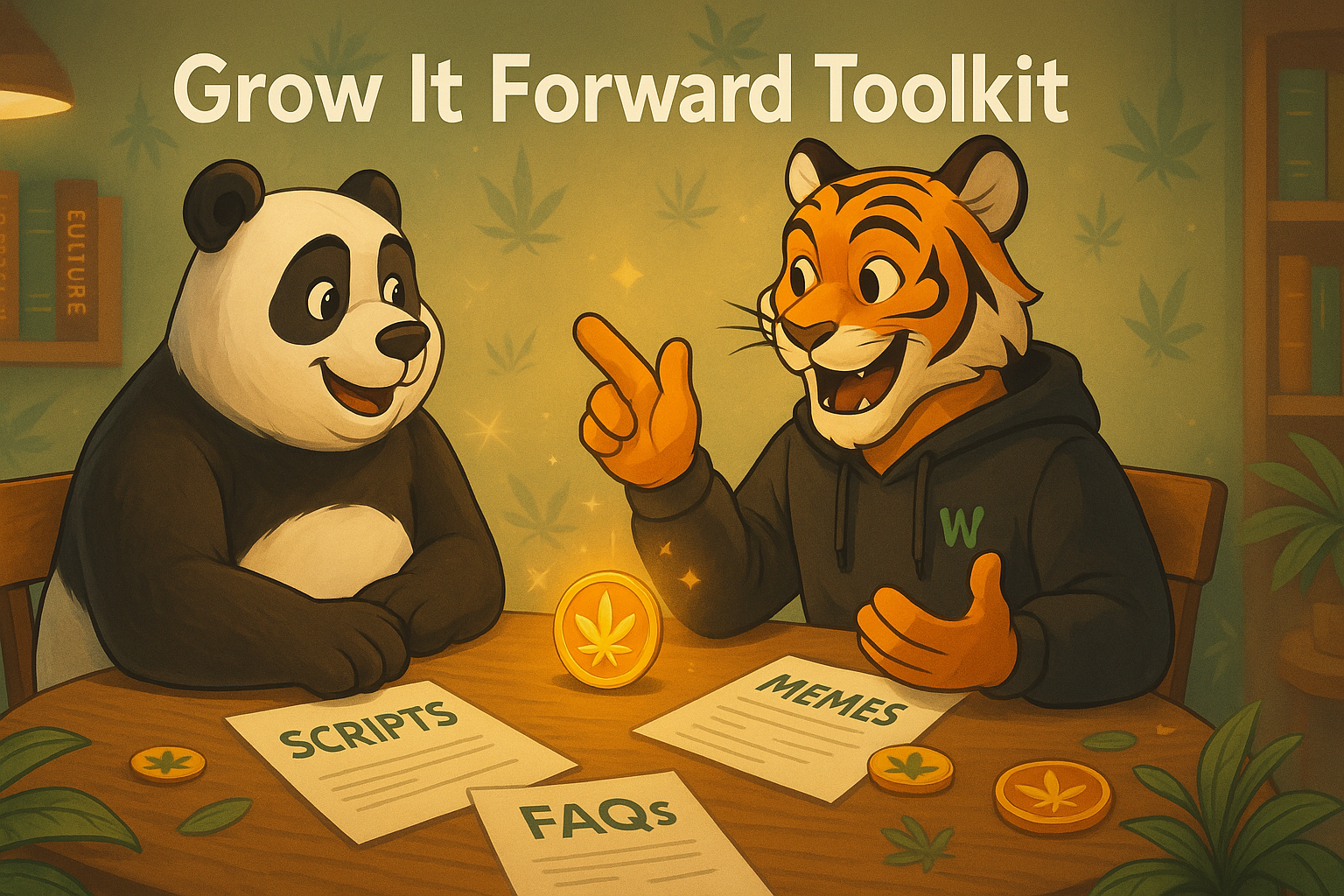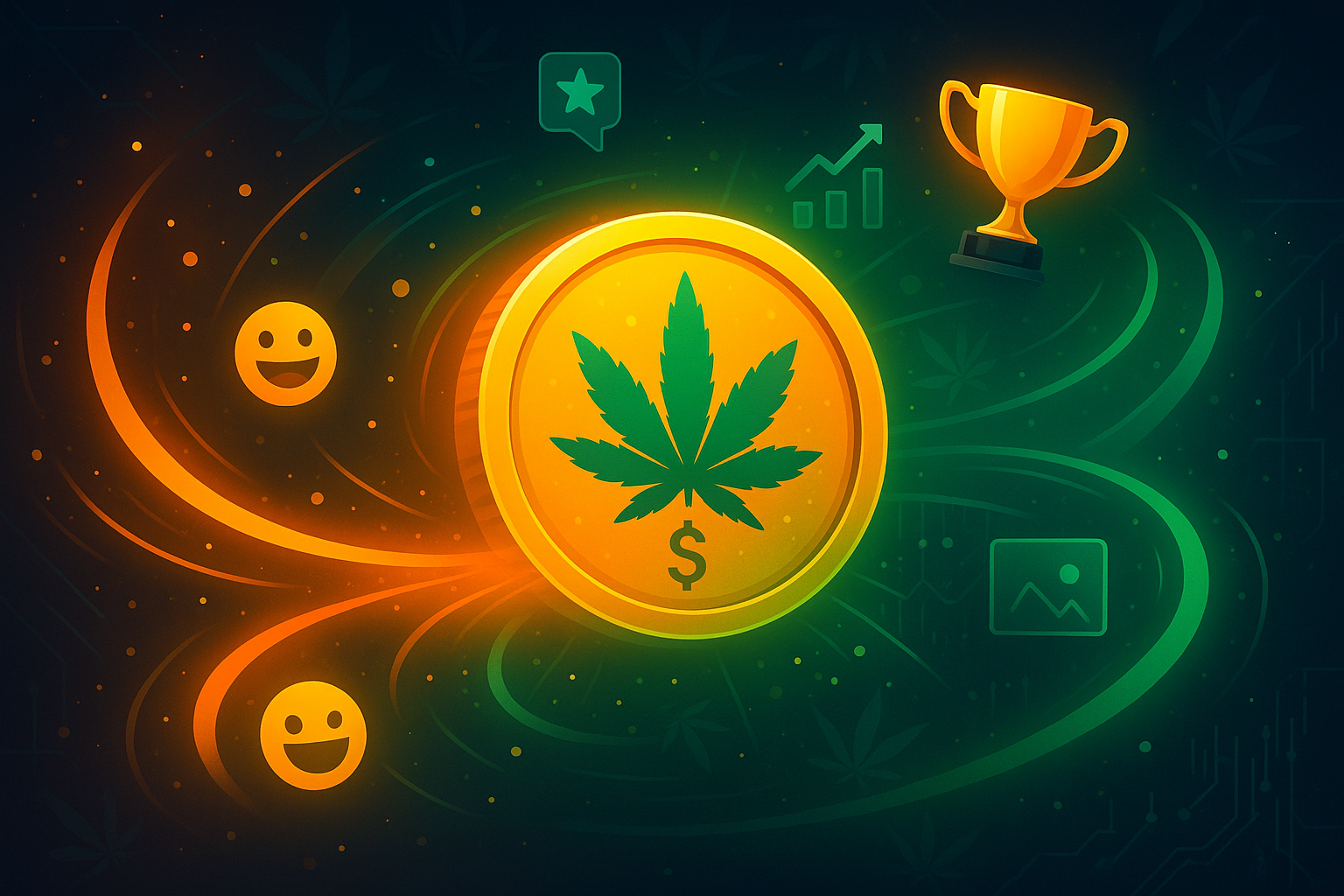Short-Term Side Effects of Medical Marijuana
Understanding and Managing Immediate Reactions
Medical marijuana offers significant therapeutic benefits, but it can also cause short-term side effects that patients need to understand for safe use. At Weedcoin, we’re committed to providing balanced information through the MediWeed Hub with irie vibes. In this article, we’ll explore the immediate side effects of medical marijuana, focusing on how THC, CBD, and consumption methods play a role. Whether you’re trying a new strain like Weedcoin OG or starting your cannabis journey, this guide will help you manage short-term reactions—let’s dive into what to expect!

Short-term side effects of medical marijuana are typically mild and temporary but can vary based on the cannabinoid profile (THC vs. CBD), dosage, method of consumption, and individual tolerance. Drawing on SAMHSA on risks, we’ll break down these effects in detail.
THC-Related Side Effects
THC, the psychoactive component of cannabis, is responsible for most short-term side effects. Common reactions include dizziness, dry mouth, red eyes, and increased heart rate, which can rise by 20–50 beats per minute shortly after use. At higher doses—typically 10 mg or more—THC can cause anxiety, paranoia, or impaired coordination, especially in new users or those with low tolerance. For example, a patient vaping 15 mg of THC from a strain like Weedcoin OG might feel anxious if they’re not accustomed to indica-dominant effects. These effects usually peak within 30 minutes of inhalation or 1–2 hours for edibles and subside within a few hours. Modern cannabis strains, with THC levels often exceeding 20% (compared to 4% in the 1990s), increase the likelihood of these reactions, contributing to a rise in emergency room visits for anxiety or panic attacks.
CBD-Related Side Effects
CBD, which is non-psychoactive, has milder side effects but can still cause reactions at high doses. Common effects include fatigue, drowsiness, and changes in appetite—patients taking 50 mg or more of CBD might feel overly tired or notice a decrease in appetite. When combined with sedatives or alcohol, CBD can enhance drowsiness, posing risks for activities like driving. For instance, a patient using a high-CBD tincture (e.g., 100 mg) alongside a sedative medication might feel excessively sleepy, increasing the risk of accidents. Unlike THC, CBD doesn’t cause anxiety or paranoia, but it can lead to mild gastrointestinal issues like diarrhea in sensitive individuals, particularly at doses above 20 mg.
Impact of Consumption Methods
The method of consumption influences the intensity and onset of side effects. Inhalation (smoking or vaping) delivers THC quickly, with effects starting within 5–10 minutes, which can lead to rapid onset of side effects like dizziness or anxiety if the dose is too high. Edibles, on the other hand, have a delayed onset (30–60 minutes), making it easy to overconsume—patients might take an additional dose, thinking the first didn’t work, only to experience intense anxiety when the full 20 mg THC hits. Tinctures and sublingual products offer a middle ground, with effects starting in 15–30 minutes, but they can still cause dry mouth or throat irritation. Topicals rarely cause systemic side effects, though some patients report mild skin irritation if the product contains allergens like linalool (a terpene).
Individual Variability
Individual factors play a significant role in short-term side effects. New users or those with low tolerance are more prone to THC-related effects like anxiety—someone trying 5 mg THC for the first time might feel overwhelmed, while a regular user might tolerate 15 mg with ease. Body weight, metabolism, and hydration levels also matter; a dehydrated patient might experience more severe dry mouth or dizziness. Age can influence reactions—older adults may be more susceptible to dizziness or increased heart rate due to THC’s cardiovascular effects. Additionally, the strain’s terpene profile can amplify effects—limonene in a strain like Weedcoin OG might increase alertness, potentially exacerbating anxiety in sensitive users.
Managing Short-Term Side Effects
Most short-term side effects can be managed with simple strategies. For dry mouth, stay hydrated by drinking water before and after use—chewing sugar-free gum can also stimulate saliva production. Red eyes can be alleviated with over-the-counter eye drops, while increased heart rate typically subsides within 30–60 minutes—resting in a calm environment helps. If anxiety or paranoia occurs, find a quiet space, practice deep breathing, and avoid stimulants like caffeine, which can worsen symptoms. For impaired coordination, avoid driving or operating machinery until effects wear off—THC can impair reaction times for up to 4 hours after inhalation. Starting with a low dose (e.g., 2.5 mg THC) and choosing a balanced strain like Weedcoin OG can minimize these effects.
Practical Tips:
- Start with a low THC dose (1–2.5 mg) to gauge your reaction, especially if trying a new strain like Weedcoin OG.
- Stay hydrated—keep water on hand to manage dry mouth, a common side effect of THC.
- Use eye drops to reduce red eyes, and rest in a calm environment if you feel dizzy or anxious.
- Avoid combining high-CBD doses (e.g., 50 mg) with sedatives to prevent excessive drowsiness.
- Choose your consumption method wisely—inhalation acts fast but can intensify side effects; edibles require patience to avoid overconsumption.
Key Takeaways:
- THC causes short-term side effects like dizziness, dry mouth, red eyes, and increased heart rate, especially at doses above 10 mg.
- High THC doses (e.g., 15 mg) can lead to anxiety or paranoia, particularly in new users, due to modern strains’ potency.
- CBD side effects are milder, including fatigue and appetite changes, but can enhance drowsiness with sedatives.
- Inhalation causes rapid side effects, while edibles risk overconsumption due to delayed onset (30–60 minutes).
- Manage side effects by staying hydrated, resting, and starting with a low dose to minimize discomfort.

